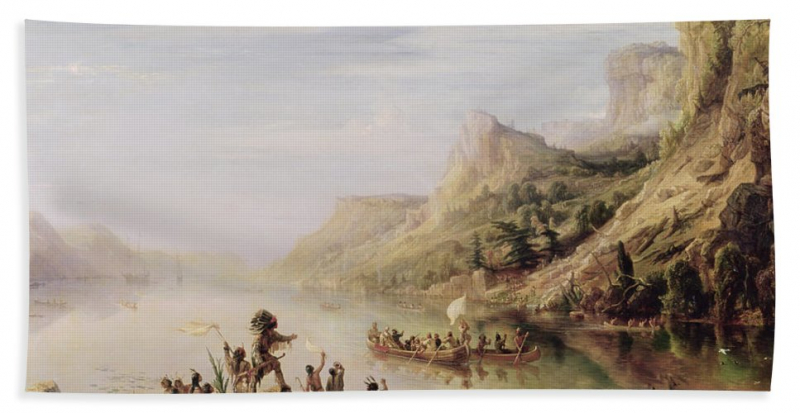Jacques Cartier was the first European to navigate the St Lawrence River
Jacques Cartier's explorations led to his becoming the first European to map and navigate the St. Lawrence River in what is now Quebec, Canada. Despite some claims to the contrary, Cartier did have a role in the discovery of Canada by being the first European to reach the country's interior east along the St. Lawrence River.
Cartier was given the task of exploring the northern American continent in 1534 by King Francis I of France in pursuit of treasure and the legendary Northwest Passage to Asia. Cartier crossed the Strait of Belle Isle to access the Gulf of St. Lawrence that year. He then traveled down Newfoundland's west coast to Cape Anguille after briefly exploring the region's desolate north coast. From there, he set out on a voyage that took him through the Magdalen and Prince Edward islands, via Chaleur Bay, and to Quebec's Gaspe Peninsula, which he claimed for France. He next discovered the St. Lawrence River's inlet, traveled up the coast to Anticosti Island, and then headed back to Europe.
Francis I sent Cartier on a second journey in 1535 as a result of his discovery of the warm and fruitful territories surrounding the Gulf of St. Lawrence, which were previously regarded to be a barren and hostile region. He traveled up the St. Lawrence to the Hochelaga native town, which is now the location of Montreal. He investigated Cabot Strait along Newfoundland's southern coast on his way back to France. A final trip to the area was made by Cartier in 1541 as part of an unsuccessful colonization attempt. His vast geographic research served as the foundation for France's 17th-century claims to the productive St. Lawrence Valley.







